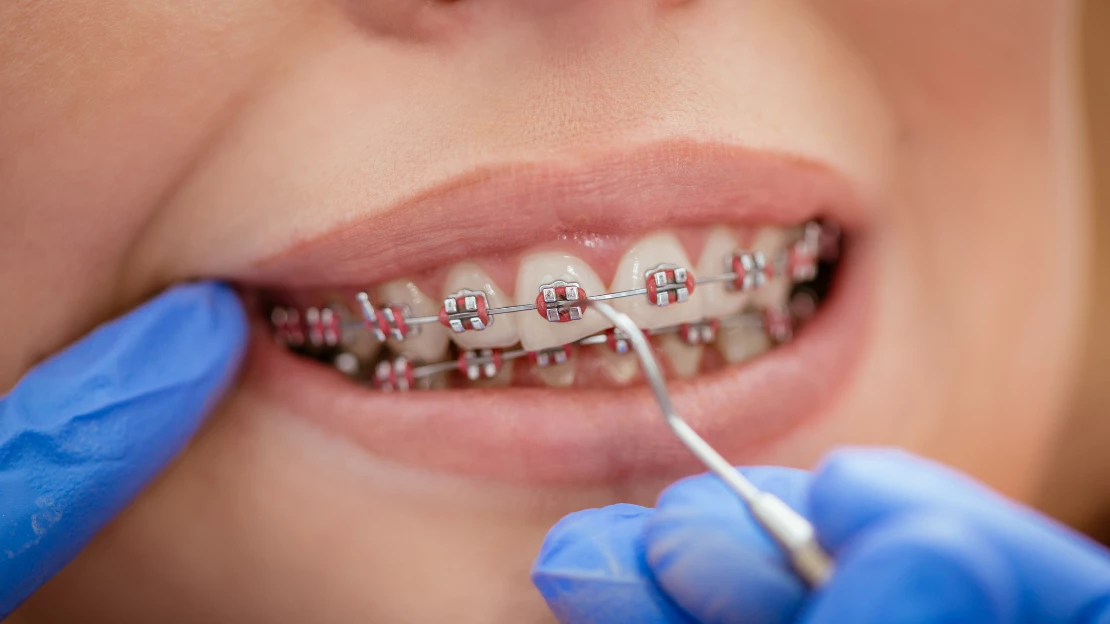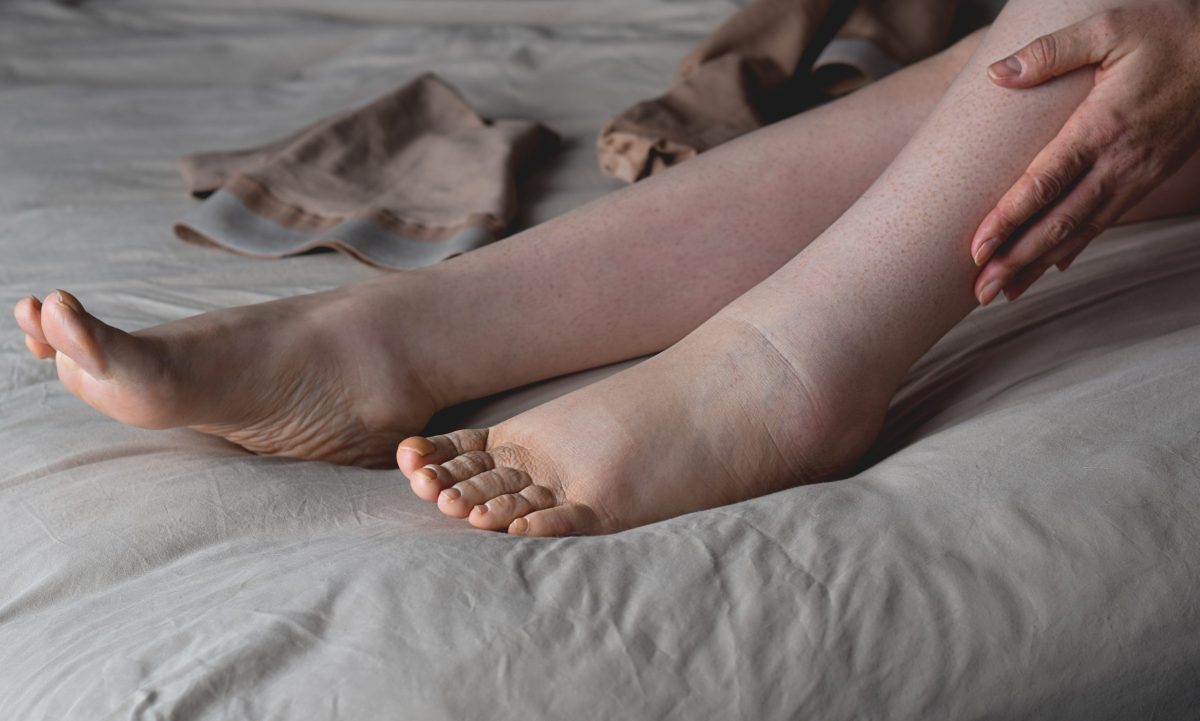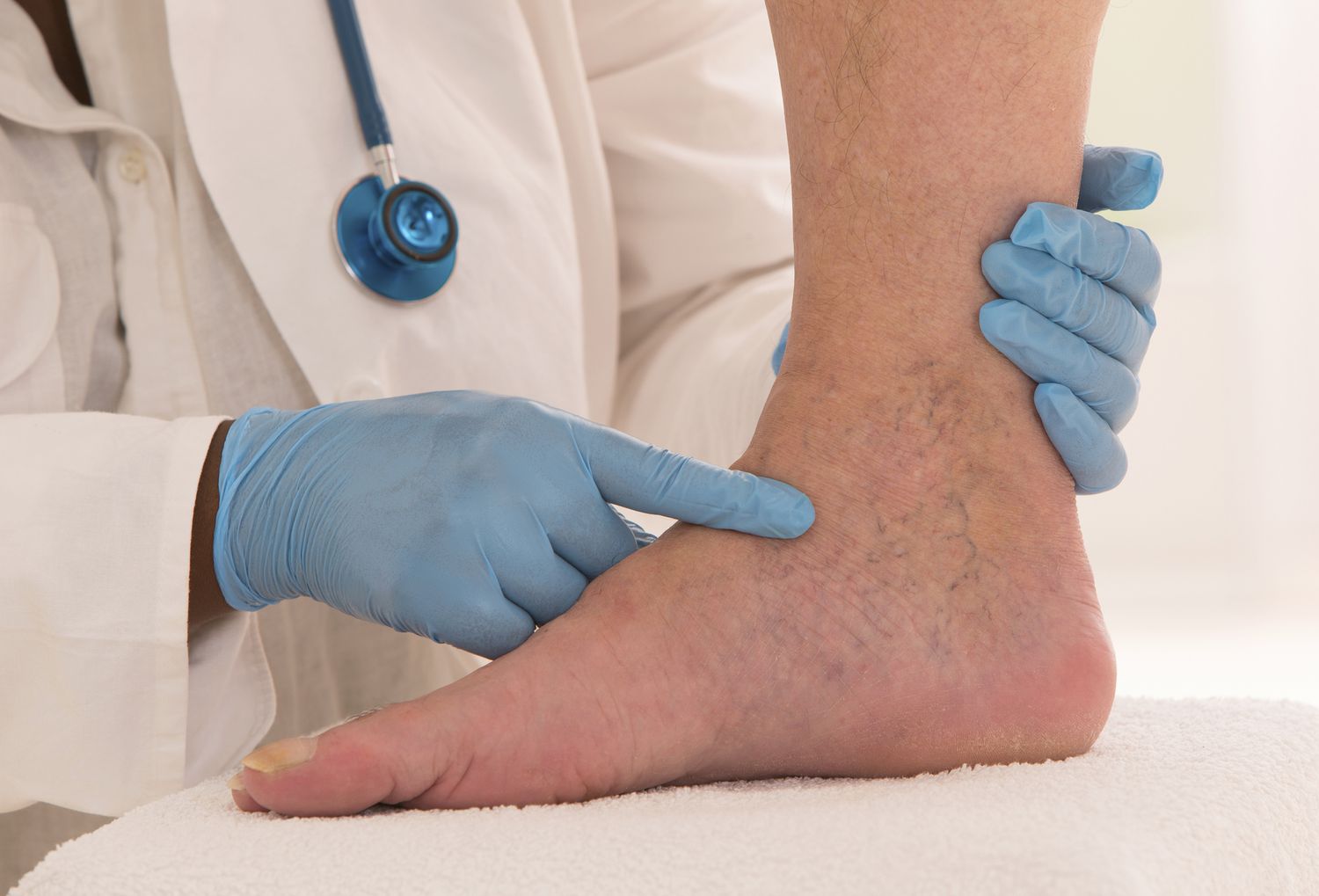Getting braces can help you get a beautiful and shiny smile to boost confidence. No doubt taking the decision to take braces might be difficult due to some side effects. One of the most common issues you may deal with is gum swelling. If your gums feel sore or puffy or look red after getting braces, you’re not alone.
In this blog, we’ll explain the common reasons behind braces and gum swelling, how to treat it at home, and the best ways to prevent it from happening again.
Why do gums swell with braces?
Let’s start with the basics. When you get braces, they slowly move your teeth to the right position. Obviously this pressure makes you uncomfortable and causes irritation, but it’s good for your smile. So be motivated for your future’s beautiful smile. Here we are sharing with you a few common causes of gum swelling during orthodontic treatment. Let’s explore:
1. Tooth movement
The main reason your gums swell after getting braces treatment is that your teeth are being shifted into the right position. Braces work by softly and gently driving your teeth into the appropriate place. With time, teeth move, and your jawbone and gums alter also. As a result, it makes your gums feel sore or swollen. This is a normal part of getting braces, especially when they’re first put on or after an adjustment.
2. Gingivitis (early gum disease)
Braces create more small spaces in your mouth where food can get trapped. If food and plaque aren’t cleaned out properly, your gums can become inflamed and infected. This initial stage of gum disease is called gingivitis, and it leads to swollen, red, and sometimes bleeding gums.
3. Gum disease (If not treated)
If gingivitis is not taken care of, it can lead to a more severe form of gum disease. When this happens, bacteria can damage the tissues that support your teeth. Braces can make it harder to brush and floss well, increasing the risk of infection and gum problems.
4. Gingival hyperplasia (Gum overgrowth)
Sometimes, the irritation from braces and trapped plaque can cause your gums to grow too much. This is called gingival hyperplasia. It’s not dangerous in most cases, but it can make brushing and flossing harder. Usually, the gum tissue returns to normal after your braces come off, but in rare cases, a dentist may suggest gum trimming.
Symptoms of gum swelling with braces
Here are signs that your gums might be swollen due to braces:
- Gums look puffy or red
- Bleeding when brushing or flossing
- Bad breath
- Soreness or discomfort in your mouth
- Gums growing over the brackets
Note: If you notice these symptoms, it’s a good idea to act early and talk to your orthodontist or dentist.
How to treat swollen gums from braces
After braces treatment, if your gums get swollen, you don’t need to worry. In most cases, you can treat it at home with simple steps. Here we are suggesting what you can do, so stay connected with us to get your braces done without discomfort:
1. Rinse with warm salt water
Make a mixture of salt (one tablespoon) in warm water (one glass). Slightly swish it around your mouth for about 30 seconds and spit it out. Saltwater helps reduce swelling and fights bacteria. Practice this remedy 2 to 3 times daily.
2. Use a cold compress
If you are feeling that your gums are very sore, you can try a cold compress technique on your cheek to minimize swelling. Wrap some ice in a cloth and place it on the outside of your mouth for 10–15 minutes. Don’t put ice directly on your gums.
3. Brush gently
Even if your gums hurt, don’t stop brushing. Brush your teeth gently in small circles and must use a soft-bristled toothbrush to prevent irritation. Gently clean around your brackets and along your gum line without applying too much pressure.
4. Floss carefully
Flossing helps remove food and plaque between teeth. It’s the finest choice to use a floss threader or orthodontic floss to stop swelling after orthodontic treatment. If flossing is too painful, you can try a water flosser (also called a Waterpik), which is gentle and effective.
5. Try over-the-counter pain relief
If your gums are really bothering you, over-the-counter medications like ibuprofen or acetaminophen can help reduce pain and swelling.
Note: Remember to follow the instructions written on the label and ask your dentist if you are uncertain about anything.
6. Use orthodontic wax
Sometimes, brackets or wires can rub against your gums and make them sore. You can use orthodontic wax to shield the sharp parts and ease irritation. Just roll a small piece of wax and stick it on the area of gum that hurts.
How to prevent gum swelling from braces
The best way to avoid braces and gum swelling is to take good care of your mouth every day. Here are some easy prevention tips:
1. Keep your mouth clean
Flossing and brushing are the significant steps to prevent gums from swelling. Floss and brush your teeth after taking every meal, at a minimum once a day. Take your time to clean between underwires and brackets.
2. Use a mouth rinse
After brushing, use an antibacterial mouthwash to help kill germs that cause gum swelling. Choose a gentle rinse that is alcohol-free so it doesn’t dry out your mouth.
3. Avoid hard and sticky foods
Foods like popcorn, nuts, gum, and hard candy can get stuck in your braces and irritate your gums. Try to eat soft, easy-to-chew foods, especially when your gums are sore.
4. Stay hydrated
Your teeth hold germs and food after eating, so it is crucial to prevent gum swelling by washing away these bacteria and food particles from your mouth. Drinking plenty of water can help. It also keeps your gums and tissues healthy. To keep your body hydrated, don’t forget to drink a minimum of 8 glasses of water daily.
5. Don’t skip dental visits
To get healthy teeth after getting braces, it’s crucial to frequently get your teeth checked with your dentist and orthodontist. Your dentist can clean your teeth properly and check for signs of gum problems. Early treatment can prevent serious issues.
When to see a dentist or orthodontist
A little gum swelling is normal when you first get braces or after adjustments. But if the swelling lasts more than a week, or if your gums bleed a lot or hurt too much, it’s time to call your orthodontist. Other signs to look out for:
- Gums growing over your brackets
- Pain that doesn’t go away with home remedy
- Bad smell or taste in your mouth
- Signs of infection like pus or fever
Note: Your orthodontist may suggest changes to your care routine or recommend a professional cleaning.
Conclusion
After orthodontic treatment, gum swelling is a common issue as an aftereffect. The good news is that it’s generally easy to manage with appropriate care. Good oral hygiene, regular dental checkups, and simple home remedies can go a long way in keeping your gums healthy.
However, braces and gum swelling can be uncomfortable for you; they are usually impermanent. If you stay on top of your oral care routine, you’ll be smiling with straight, healthy teeth in no time.
Quick tips recap
- Brush with a soft toothbrush twice daily
- Floss with special tools for braces
- Rinse with warm salt water if your gums hurt
- Avoid sticky and hard foods
- Stay hydrated and visit your dentist often
If you’re struggling with braces and gum swelling, don’t ignore it. Taking simple steps today can save you from bigger problems later. For any ongoing discomfort, always reach out to your dental care provider for the best advice.
Visit Our Profile








